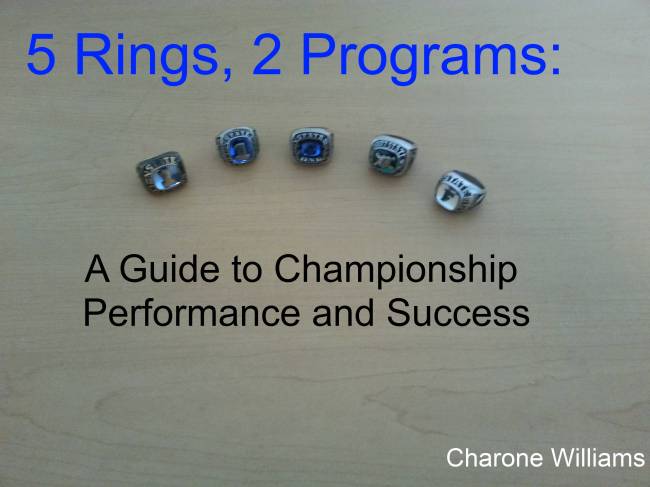Tempo Running is NOT Speed Training Part 4
In Part 3 of Tempo Running, we discussed the purpose of Extensive Tempo. Extensive Tempo is when runs are between 60-80% and these runs aid in the process of recovery. At times, even in the trained athlete, the formation of lactic acid can occur depending on the intensity of the runs. Extensive Tempo is usually what’s done during the General Prep phase (the first 8-10 weeks of training) to help lay the foundation for more intense tempo runs and higher intensity work.
Today we are talking about Intensive Tempo. Intensive Tempo usually follows Extensive Tempo work in that the ground work was laid with Extensive earlier in the training cycle. Now we can get down to some much more intense runs because if you have followed the progressions properly then your athletes should be ready to handle the demands that Intensive Tempo can bring.
Intensive Tempo is a fine line between Speed Endurance and Special Endurance in that the speed (intensity), recovery, volume and distance run are major factors in determining which category the runs can go in (Tricky little system right?), but one thing is certain and that is that the Intensive tempo is shared between the anaerobic and aerobic system.
Because Intensive Tempo runs are done between 80-90%+, there will be high levels of lactate that will form during the runs. Unlike Extensive Tempo, Intensive focuses on the quality and control of the run which means that the volume is pretty low when dealing with Intensive runs versus Extensive runs and not to mention that lactic acid will form and hinder muscle activity eventually because of the speed and distance of the runs.
Now depending on the kind of system that you run, Intensive runs are still done the day after speed work and they can even be done during the General Prep phase at the end of the week to help set the foundation for true Special Endurance and Speed Endurance runs later on in the Early season training. They key is getting creative with the workouts and how they are ordered. Long as you are following the proper progression model of building the base first (Extensive) and moving up to the more intense runs (speed endurance, special endurance, lactate threshold runs) is what’s really important.
Now it’s important to remember NOT to start Tempo work off with Intensive runs being that you want a team of athletes around long enough to compete for you during the competition season. I would hate for your athletes to abandon you because you want to show them how tough you are!!!!! Trust me…knowledge is better than toughness!
Since Intensive Tempo is done during the Early season after the General Prep phase here is a sample week of how I would set it up:
Mon: Speed/Acceleration/Plyo’s
Tue: Tempo (Intensive)/Circuit drills
Wed: General Strength/Grass strides
Thur: Speed/Speed Endurance/Event Specific
Fri: Special Endurance/Tempo (Intensive – depending on where you are in the training plan)
Sat: Rest
Sun: Rest
Now that we have the format, let’s look at some Intensive Tempo workouts:
The most famous Extensive tempo workout is 8-10x200m right? Well, you can carry that workout on into the Early season, but be creative and breakup the runs into sets, give the athletes more rest (since they are, afterall, running a lot faster…right!!!?) so they can run faster!
-2x3x200m. Speed: B-27-28 sec, G-31-32 sec. Rest: 4-5’ b/w reps, 8-10’ b/w sets
-4x250m. Speed: B-26@200m, G-30@200m. Rest: 5-6’ b/w reps
-2x3x250m. Speed: B-26@200m, G-31@200m. Rest: 5-6’ b/w reps, 10’ b/w sets
-2x3x300m. Speed: B-42-44 sec, G-48-50 sec. Rest: 6’ b/w reps, 10-12’ b/w sets
-2x300m-400m-300m. Speed: determine times based on the level of athlete you have
-2x350m-250m combo’s. Rest: 5-6’ b/w reps, 10’ b/w sets
-3-4x300m-200m combo’s. Rest: 5’ b/w reps, 8-10’ b/w sets
-3x500m. Speed: 80%. Rest: 6-8’ b/w reps
-2-3x600m. Speed: 80%. Rest: 8’ b/w reps
As you can see, writing Intensive Tempo workouts aren’t hard. They are just extensions of Extensive tempo with faster runs, less volume, more recovery and faster times…that’s all! Yes, it really is that simple…actually a lot of things are really that simple!!!
Continue in knowledge my friends!
Charone
